An Addressable Fire Alarm is a more intelligent type of Fire Alarm System and it can be programmed to take additional actions in order to protect the premises.
The principal benefit compared with conventional systems is the ability to identify the source of an alarm at the control panel.
This ability to identify the exact location of triggered devices makes Addressable Fire Alarm Systems an ideal and intelligent solution for large commercial premises that require many devices spread across an extensive space such as hotels, warehouses and office buildings.
Care and nursing homes require an Addressable Fire Alarm System if they have more than 10 people sleeping there (including staff) at any one time to comply with BS 5839-1:2017.
Addressable Fire Alarm Systems systems offer incredible flexibility in operation.
Additional features include:
- Pre- alarm function to minimise false alarms and the associated costs/inconvenience of an evacuation
- Dual-state fire detectors which can be programmed to give different modes of detection at different times of the day
- Cause and effect programming – enabling phased evacuation of a building
- Real time log – control panel stores every event on the system. This information can be accessed at any time via the user menu or by inspecting the system print-out, where a printer is fitted
- Self-check fire alarm sounders. Sounders which check their own operation and report a fault and their location if they do not hear their own sound.
Addressable Fire Alarm Systems consist of devices such as detectors, call points and sounders. Each device has a unique address which is allocated either by:
- hard addressing – each device uses a numerical binary code tag or switch; or
- soft addressing – the software used to operate the system allocates a unique number to each device in the order that they are wired to the panel.
All devices are connected to the main control panel via oneor multiple wire loops.
The BS5839 Part 1 compliant ADV-range of control panels from Fixfire® is in wide use and is available as standard in 1-4 loop versions. Each loop can support up to 126 field devices, e.g. manual call points/fire detectors/sounders.
For larger systems, control panels are networked giving the potential for thousands of devices on one system.
Addressable Fire Alarm Systems can be customized in a variety of ways, including:
- Different devices having different alarm thresholds based on their location
- An annunciator panel in the front of your building to show exactly which devices or zones have been triggered
- Scalable networks that allow you to add zones with ease
Repeater control panels are available to mimic information from the main control panel. These neat and compact units are installed in strategic positions in large multi-storey/extensive buildings to reduce the travel time to obtain system information.
The Fixfire® range of manual call points, detectors and alarm sounders utilise patented technology and are renowned for consistent and reliable operation.
Benefits Of Addressable Fire Alarms:
- Early detection. Reduced damage to property
- Reduced alarm response time
- Reliability
- Flexibility
- Lower overall cost of wiring
- Better false alarm management
- Ease of use
Open or Closed Protocol – What does it mean?
It is most important to understand the difference between “Open” and “Closed” protocol fire alarm systems.
In the Fire Detection industry, addressable systems use Control Panels and Detectors and other devices which communicate with each other by means of a protocol.
Some manufacturers offer both Panels and Detectors. These companies have no need to disclose the nature of their protocol to anyone, since they offer all the elements needed to provide an intelligent system. No equipment supplied by other manufacturers is expected to be compatible with such systems so the protocol used is said to be “closed”.
Because the use of a closed protocol system can put the end user at a serious disadvantage in the event of subsequent problems with the equipment or manufacturer, a number of manufacturers produce the Detection and other devices only and have developed partnerships with independent manufacturers of control panels. The manufacture of the field devices determines the protocol used and the associated technical data is made fully available to the partnering control panel manufacturers so that compatible control panels are available to support the protocol. Since all details of the protocol are disclosed, it is referred to as an “open” protocol.
Fixfire® has always offered “open” protocol systems – we engender loyalty and strong lasting relationships for all the good reasons – not because our clients are tied!
KeyCall® is a revolutionary patent-granted Key Operated Fire Alarm Activation Device which has been developed specifically for ‘approved’ applications where standard fire alarm call points would be vulnerable to abuse. Developed by Fixfire® in response to growing demand from the Mental Health Care sector, KeyCall® is a revolutionary one-piece analogue addressable key operated manual call point.
Compatible with a wide range of Conventional and Addressable Fire Alarm Systems.
KeyCall® accepts a Euro-Profile style cylinder
Typically suited/keyed-alike cylinders are fitted so that authorised persons can activate KeyCall® using their standard door key.
Key ‘Click-latch’ mechanism ensures key ‘latches’ in correct position to activate Fire Alarm System.
Anti-ligature low-profile flush-mounting design.
Neat minimalistic one piece construction incorporating Fire Alarm interface module.
Red fire indicator illuminates when KeyCall® is activated.
Compatible with a wide range of Conventional and Addressable Fire Alarm Systems
Applications include:
- Prisons
- Mental Healthcare
- Special Educational Needs (SEN) School




Graphical LCD Display
British Standard Design requirements...
- Install AFD to voids greater than 800mm
- Treat downward projections exceeding 10% of the void depth as wall
BS5839-Part 1:2013 states:
22.2d) If the system Category is such that automatic fire detection should be provided in any area that contains a horizontal void of 800 mm or more in height, automatic fire detection should also be provided in the void.
22.3j) Ceiling obstructions, such as structural beams, deeper than 10% of the overall ceiling height should be treated as walls [see Figure 10a)]. NOTE 10 Within horizontal voids, beams or obstructions that are deeper than 10% of the overall depth of the void regardless of whether the void is above the ceiling or below the floor, ought to be treated as walls that subdivide the void.
VoidAlert Remote Indicator

Related Downloads

Click a sector to find out more
An Addressable Fire Alarm is a more intelligent type of Fire Alarm System and it can be programmed to take additional actions in order to protect the premises.
The principal benefit compared with conventional systems is the ability to identify the source of an alarm at the control panel.
This ability to identify the exact location of triggered devices makes Addressable Fire Alarm Systems an ideal and intelligent solution for large commercial premises that require many devices spread across an extensive space such as hotels, warehouses and office buildings.
Care and nursing homes require an Addressable Fire Alarm System if they have more than 10 people sleeping there (including staff) at any one time to comply with BS 5839-1:2017.
Addressable Fire Alarm Systems systems offer incredible flexibility in operation.
Additional features include:
- Pre- alarm function to minimise false alarms and the associated costs/inconvenience of an evacuation
- Dual-state fire detectors which can be programmed to give different modes of detection at different times of the day
- Cause and effect programming – enabling phased evacuation of a building
- Real time log – control panel stores every event on the system. This information can be accessed at any time via the user menu or by inspecting the system print-out, where a printer is fitted
- Self-check fire alarm sounders. Sounders which check their own operation and report a fault and their location if they do not hear their own sound.
Addressable Fire Alarm Systems consist of devices such as detectors, call points and sounders. Each device has a unique address which is allocated either by:
- hard addressing – each device uses a numerical binary code tag or switch; or
- soft addressing – the software used to operate the system allocates a unique number to each device in the order that they are wired to the panel.
All devices are connected to the main control panel via oneor multiple wire loops.
The BS5839 Part 1 compliant ADV-range of control panels from Fixfire® is in wide use and is available as standard in 1-4 loop versions. Each loop can support up to 126 field devices, e.g. manual call points/fire detectors/sounders.
For larger systems, control panels are networked giving the potential for thousands of devices on one system.
Addressable Fire Alarm Systems can be customized in a variety of ways, including:
- Different devices having different alarm thresholds based on their location
- An annunciator panel in the front of your building to show exactly which devices or zones have been triggered
- Scalable networks that allow you to add zones with ease
Repeater control panels are available to mimic information from the main control panel. These neat and compact units are installed in strategic positions in large multi-storey/extensive buildings to reduce the travel time to obtain system information.
The Fixfire® range of manual call points, detectors and alarm sounders utilise patented technology and are renowned for consistent and reliable operation.
Benefits Of Addressable Fire Alarms:
- Early detection. Reduced damage to property
- Reduced alarm response time
- Reliability
- Flexibility
- Lower overall cost of wiring
- Better false alarm management
- Ease of use
Open or Closed Protocol – What does it mean?
It is most important to understand the difference between “Open” and “Closed” protocol fire alarm systems.
In the Fire Detection industry, addressable systems use Control Panels and Detectors and other devices which communicate with each other by means of a protocol.
Some manufacturers offer both Panels and Detectors. These companies have no need to disclose the nature of their protocol to anyone, since they offer all the elements needed to provide an intelligent system. No equipment supplied by other manufacturers is expected to be compatible with such systems so the protocol used is said to be “closed”.
Because the use of a closed protocol system can put the end user at a serious disadvantage in the event of subsequent problems with the equipment or manufacturer, a number of manufacturers produce the Detection and other devices only and have developed partnerships with independent manufacturers of control panels. The manufacture of the field devices determines the protocol used and the associated technical data is made fully available to the partnering control panel manufacturers so that compatible control panels are available to support the protocol. Since all details of the protocol are disclosed, it is referred to as an “open” protocol.
Fixfire® has always offered “open” protocol systems – we engender loyalty and strong lasting relationships for all the good reasons – not because our clients are tied!






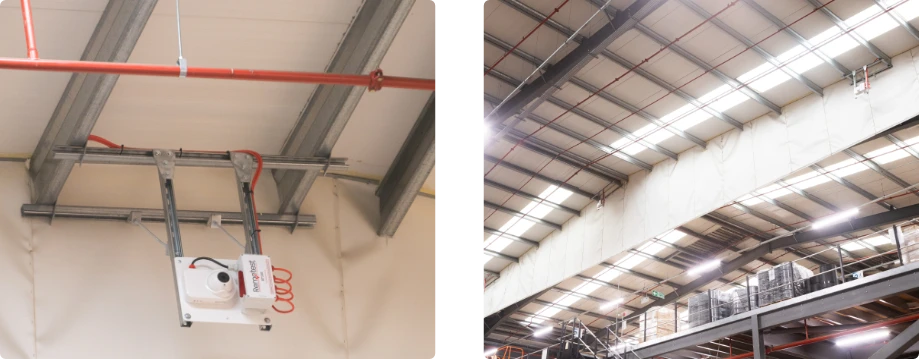

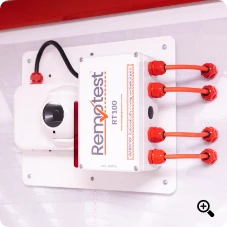
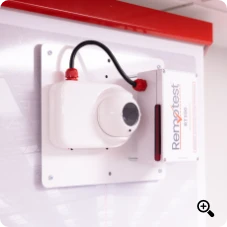
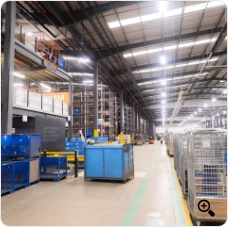
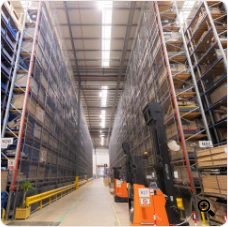
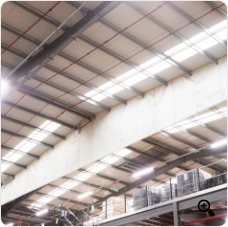

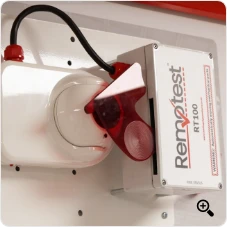

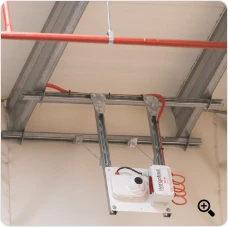
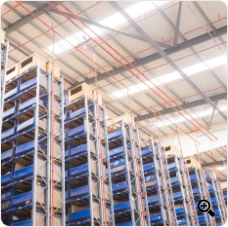





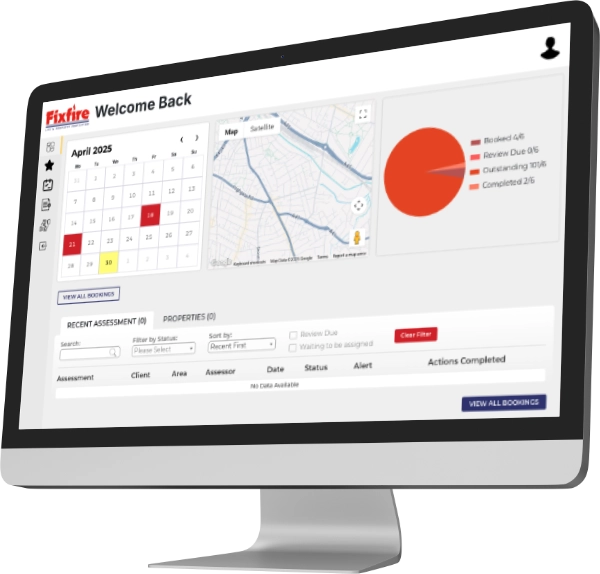
.webp)

























































































.webp)











.webp)





















































.webp)


